5. Schramm (Jorg Buttgereit, 1993)
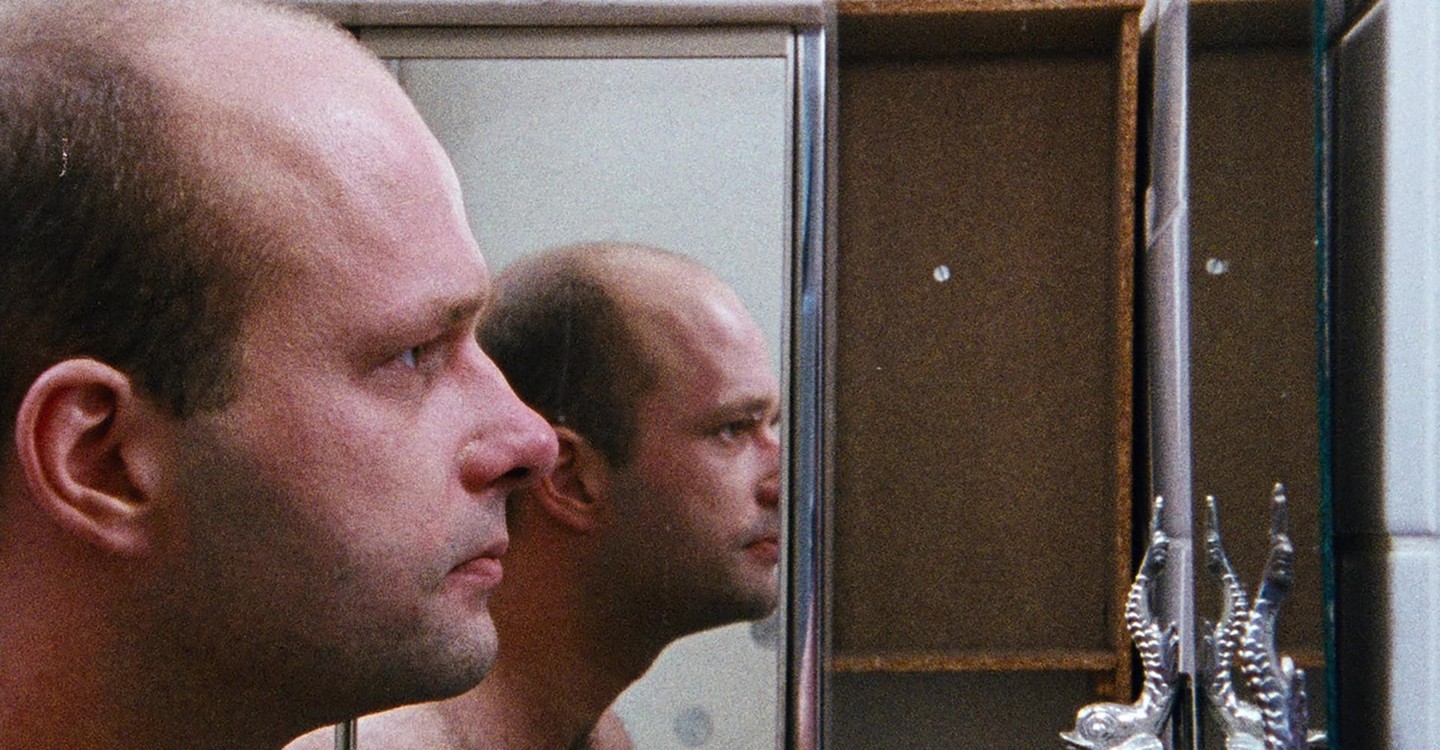
German horror director Jorg Buttgereit is an auteur defined by his controversial films that showcase taboo imagery and shocking thematic content. Growing up in Berlin, Buttgeriet was subjected to many forms of censorship, and as a result, his underground films were a somewhat form of protest, a deliberately brutal and shocking statement by the young filmmaker. His films were not without merit though, they never felt like shock for the sake of shock, instead they were character driven pieces into the most fringed people, necrophiles and serial killers. His films feel like the new wave meets horror, like the John Waters of extreme horror.
Schramm is a prime example of Buttgereit’s qualities, most horror fans know Buttgereit for Nekromantik, a controversial film about necrophilia, but Shcramm is his crowning achievement. A truly amazing character study into a serial killer, Schramm never sugar coats the audience, never glamourises the killer, but also never alienates him. This is a great companion piece to a film like Henry: Portrait of a Serial Killer, two films born from the same idea: what happens in the mind of a serial killer?
Schramm is not for everyone though, it is a seriously disturbing film, both visually and mentally. It is a truly testing piece of art, but that is its highest achievement.
4. Def by Temptation (James Bond III, 1990)
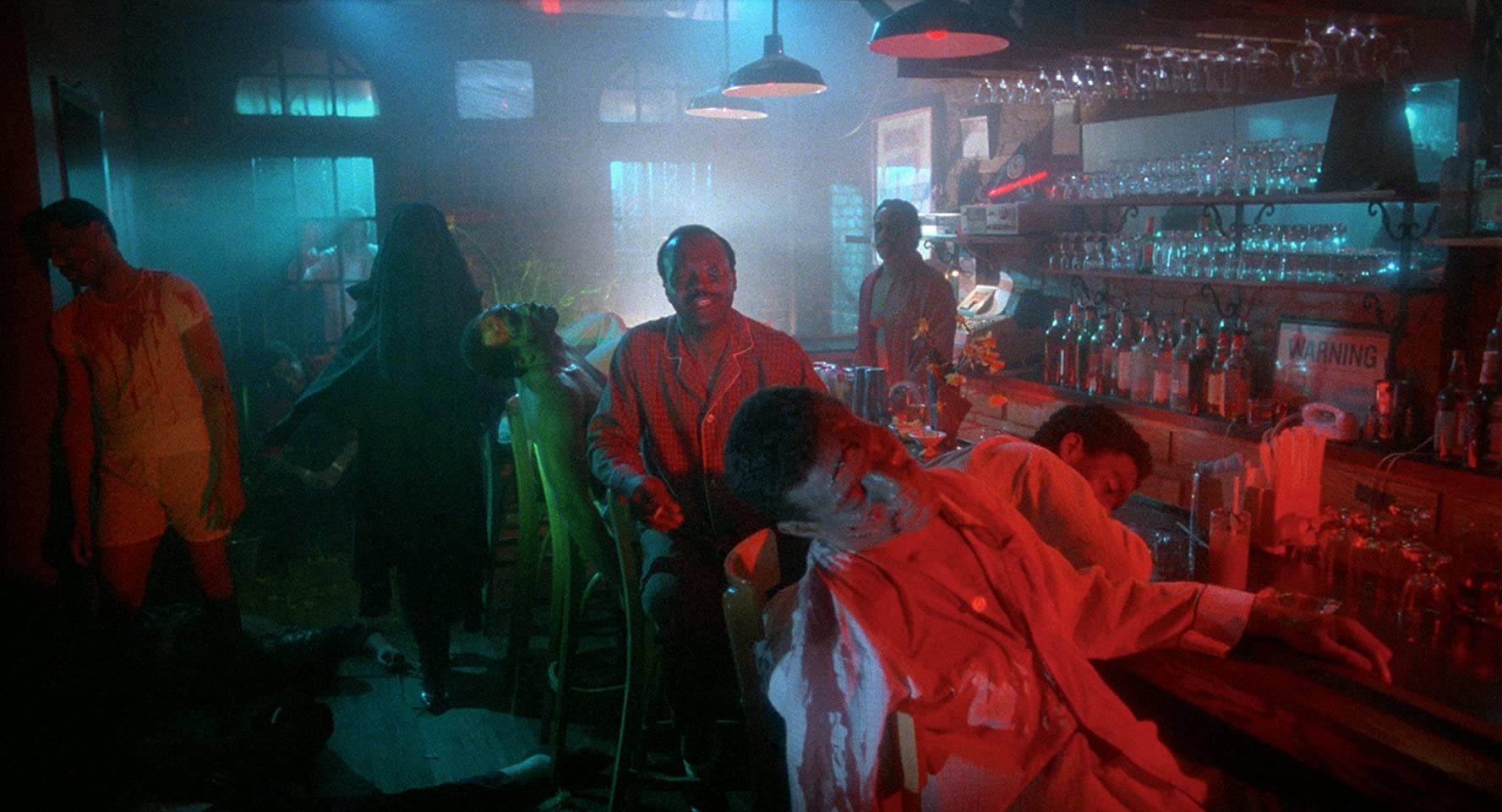
Def by Temptation is a fun take on the vampire mythology. The film places a vampire into the realms of the modern city and chooses a seductress female as the antagonistic creature as apposed to the common male Dracula interpretation. Nothing new here, but the all-black cast and independent nature of the film make it feel fresh and new enough to be interesting and worth the watch. Don’t expect a ‘70s Blacula style exploitation film though, Def by Temptation offers a lot more than that, and while it may fall victim to obvious amateur down fallings, the film still showcases interesting themes and ideas.
The film focuses on the characters of Joel, a minister, and best friend K, an up-and-coming movie star. These two friends encounter the seductress in what unravels to be a film about desire, religion, and adulthood. We also see an early performance by Samuel L. Jackson, although a minor role, he still gives one of the best performances, a true testament to his star quality.
3. Guinea Pig 6: Mermaid in a Manhole (Hideshi Hino, 1988)
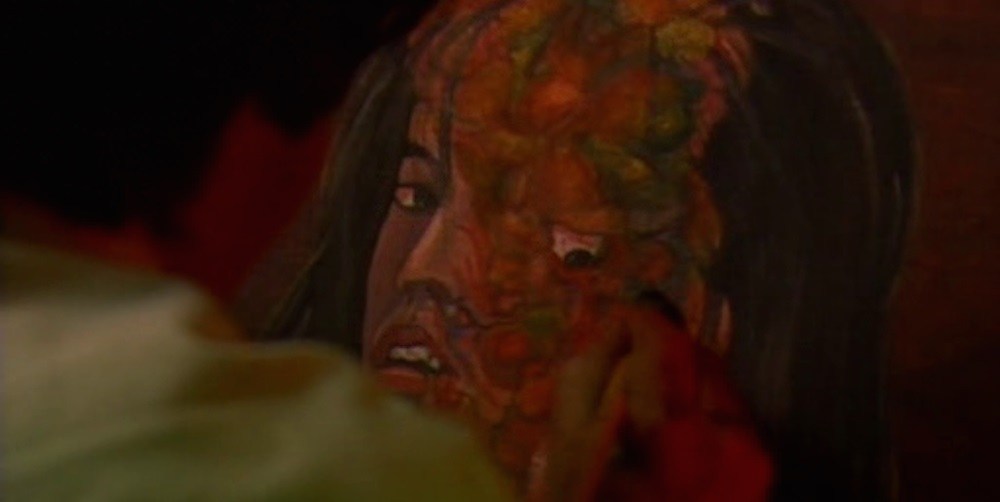
The Guinea Pig franchise is without a doubt, one of the most controversial pieces of media to ever exist. Even today the franchise is a hard to watch piece of film, a test for the most veteran of horror fans. The franchise is a series of Japanese films inspired by the work of Manga artist, Hideshi Hino, a horror centred writer who also directed two of the entries, one of which was Mermaid in a Manhole.
The Guinea Pig franchise rose to notoriety when it was believed they influenced Tsutomu Miyazaki, or the Otaku Murderer, as a moral panic centred around his interest in horror films and anime erupted, believing them to be the cause. The films also garnered serious media attention when Charlie Sheen saw the second film, Flower of Flesh and Blood, believing it to be a genuine snuff film, prompting him to report it to the authorities. Afterall, the film is just a prolonged torture scene and nothing more. This along with the well-crafted special affects and the grainy VHS quality made it enough to be mistaken as a real life murder video. A genuine case that has been widely covered.
Beyond the gore, beyond the controversy, one of the Guinea Pig films stands above the rest, while all of them contemplate the act of viewership and the depiction of violence, Mermaid in a Manhole showcases the role of the artist. Directed by Hino, it feels like a personal story about the role of an artist and his art, told in a blood oozed fantasy.
The story of Mermaid in a Manhole centres on an artist who discovers, yes you guessed it, a mermaid in, yes you guessed it, a manhole. The artist takes the mermaid home, offering her shelter, but it soon becomes apparent the mermaid is fiercely ill, as her body slowly decomposes as various sludge and gloop oozes from her skin. A disgustingly beautiful film about the role of the artist and their art.
2. The Untold Story (Herman Yau, 1993)
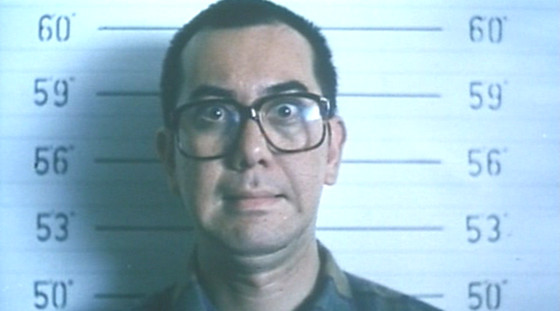
Herman Yau is a Hong Kong director famous for his category three horror and exploitation films. While he has made some outrageously extreme films, none stand above his early film, The Untold Story. A film that still has some of the most brutal scenes in cinema.
The film is based on the real life ‘Eight Immortal Restaurant Murders’ in which a gambler killed a family of 10. In this fictionalisation Yau creates the character of Wong Chi-Hang, played by Anthony Wong, a murderer who kills the Eight Immortal owner and his family, which is all visualised in a shockingly realistic sequence. Chi-Hang then begins cooking the victims into steamed buns, but it does not take long until local authorities begin to taste something a little off about the Eight Immortal restaurant.
The murder of the family is still a hard watch, and without a doubt a controversial scene. The film showcases the depths of Hong Kong’s category three films, and showcases the brilliance of Yau, who would go onto direct films like Ebola Syndrome, Taxi Hunter, and the Troublesome Night franchise, all cult classics in their own right, but it was Untold Story that elevated Yau to the height of cult stardom. The film is a must watch and a fantastic starting place for anyone new to Yau.
1. House (Nobuhiko Obayashi, 1977)
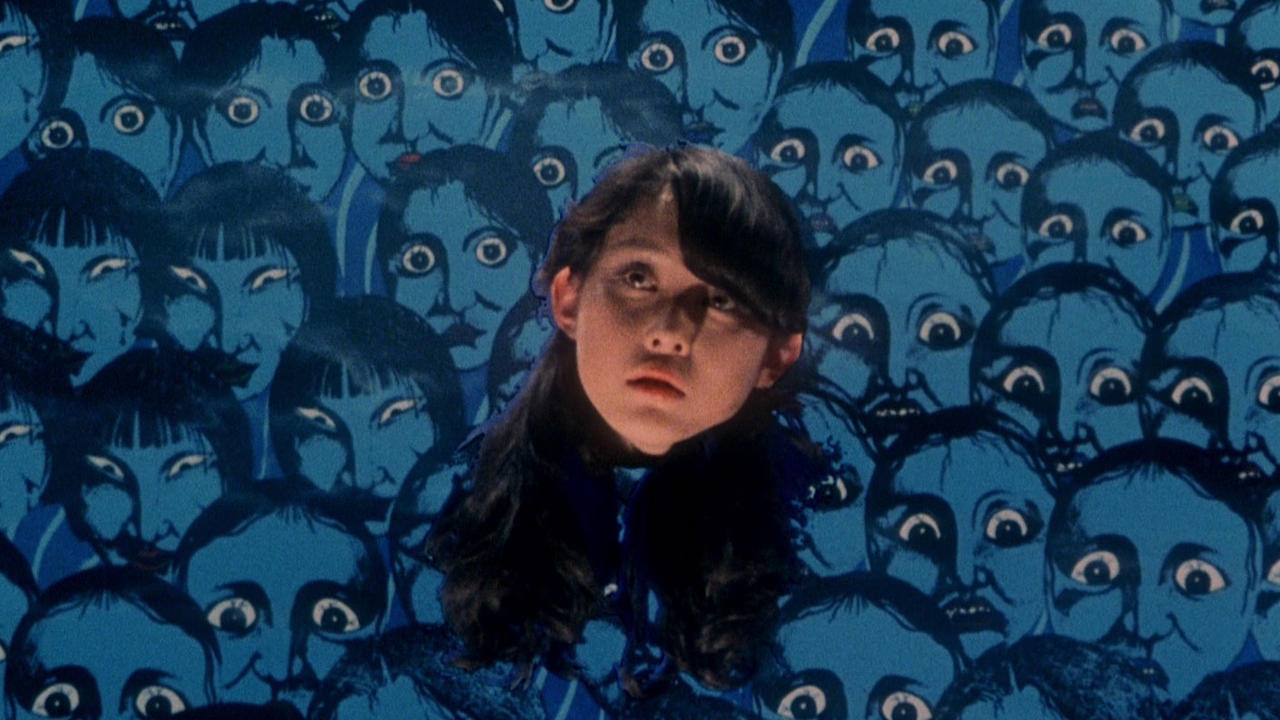
House is probably one of the more known films on this list, it still garners a popular following, crowning it as a true cult favourite. House is still underappreciated though, and until it becomes a household name it will never receive the credit it deserves, because House is a true masterpiece.
House is a playful horror comedy that completely disregards any and all filmmaking rules. Formally it is playful and creative, narratively it is sporadic and energetic. Obayashi was originally tasked with creating a film to rival Jaws, a simple monster movie to cash in on the new-found craze, but Obayashi instead chose to ask his daughter what scares her.
This led Obayashi to construct a script around the nightmares of his daughter, to the point that she became credited as a writer on the finished film, and the result was the closest example to a genuine filmic dream, even more than any serious attempt at creating dreams, due to the complete innocence of a child’s imagination. A child is not hampered by the same reality that adults exist in, to them the world is new and has no limitations. Children are yet to experience the restriction of conformity, and that is why House is so powerful.
The film is surreal and unconventional but in a beautiful way. The film has no constraints it moves to its own rhythm and beat, it flows at its own pace and as a result, the film stands as a unique piece of cinema even to this day.
House may be one of the more widely known films on this list, and it may be one of the most praised, but it still lacks the true praise it deserves. House is a true testament to the power of cinema. House is a cult classic masterpiece.